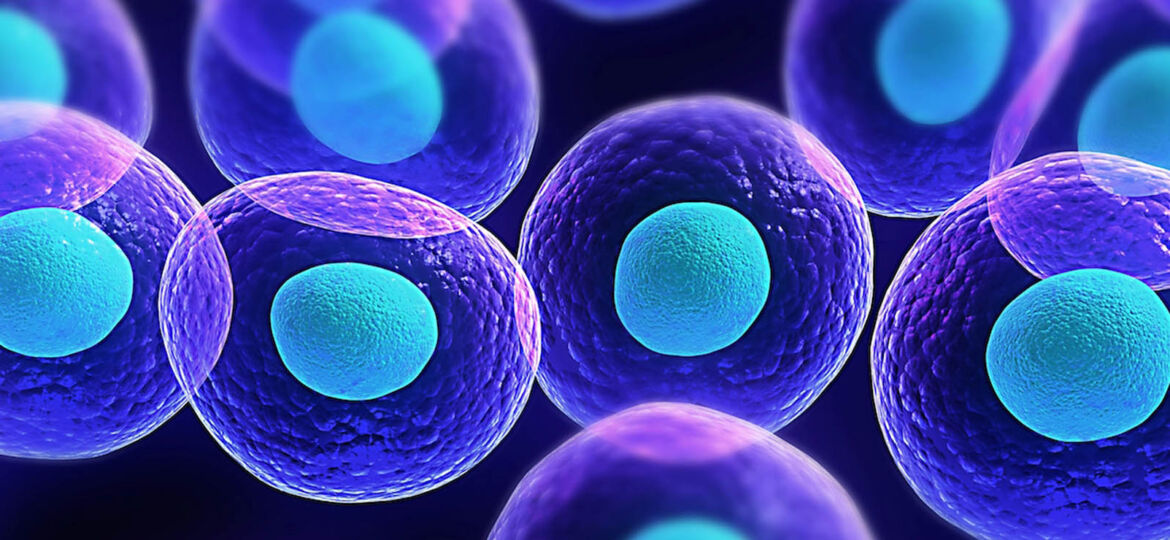
WHY THIS MATTERS IN BRIEF
As more scientists treat age as a disease, not as an inevitability, we are discovering more ways to turn back the biological clock, one day these treatments might be applied to humans.
Scientists in America have used cellular reprogramming to reverse the ageing process in mice that had a form of premature ageing, the results of which helped them to live 30 percent longer than their control groups.
The technique involved the use of what are called induced pluripotent stem cells (iPSCs) which let the scientists reprogram skin cells back to their base, embryonic state – after which they can be developed into any other type of cell present in the body. By tapping into this quirky feature the scientists were able to show that, in addition to being able to wind the cells own clocks backs, they were also able to use the technique to rejuvenate the mice.
“In other studies scientists have completely reprogrammed cells all the way back to a stem cell like state,” said researcher Pradeep Reddy from the Salk Institute for Biological Studies, “but now we’ve shown, for the first time, that by expressing these factors for a short duration, you can maintain the cell’s identity while reversing age associated hallmarks.”
The iPSC technique was first developed by Japanese researcher Shinya Yamanaka back in 2006 when he discovered that differentiated cells could be wound back to embryonic like stem cells by inducing the expression of four genes now known as the Yamanaka factors, but while reprogramming cells to such an embryonic like state sounds like it might make organisms younger, it also introduces dangerous complications.
Research in 2013 and 2014 found that introducing iPSCs into living animals was fatal and resulted in cancerous growths, organ failure or worse because the original cells had “lost” their identity.
“Obviously there is a logic to it,” says epigenetics researcher Wolf Reik from the University of Cambridge, “in iPS cells you reset the ageing clock and go back to zero. Going back to zero, to an embryonic state, is probably not what you want, so you ask: where do you want to go back to?”
It’s the scientific equivalent of rewinding your TV program – sometimes you don’t want to start from the beginning but instead want to start from another point in time. The obvious difficulty with cells though isn’t that it isn’t just as easy as hitting a rewind button on a remote, but it’s that thinking led the Salk researchers to try partial reprogramming.
Rather than inducing the expression of the Yamanaka factors for three weeks, which leads to pluripotency, they only induced the genes for two to four days and this meant that the cell was able to retain its differentiation and that seems to have made all of the difference. The skin cells are still skin cells, but now they’re younger than they were before.
The researchers suspect that partial reprogramming removes the build up of epigenetic markers, markers in our cells that tell our genes to turn on or off under certain conditions, over time, these marks become more and more pronounced, degrading cell efficiency and contributing to what we experience as ageing. The researchers liken the process to a manuscript that’s become illegible due to too many hand-written edits, the original writing is still there but it’s hard to make out and because it’s hard to make out mistakes can creep in.
“At the end of life there are many marks and it is difficult for the cell to read them,” said Izpisua Belmonte, one of the team, but while that remains a hypothesis for now, the researchers’ experiments suggest they’re onto something.
In mice with progeria – a rare genetic disease that brings about premature ageing – animals that received a partial reprogramming treatment lived for 24 weeks on average, while untreated animals with the same illness lived for just 18 weeks.
“It is difficult to say specifically why the animal lives longer,” said Paloma Martinez-Redondo, another team member in a press release, “but we know that the expression of these factors is inducing changes in the epigenome, and those are leading to benefits at the cellular and organismal level.”
In addition to a longer lifespan, the treated animals’ health also received a boost, with the mice showing improved cardiovascular and organ functions.
When the treatment was applied to healthy mice without progeria, they too showed improved organ health – but it’s too early to say whether their longevity was also affected, as the animals are still living.
While these results are promising, it’s still early days for this research, especially to the extent that it could one day be applied to humans and we’ve only seen these results in mice so far, but the researchers are hopeful that a selective inducement of the Yamanaka factors might produce similar effects in people.
“Obviously, mice are not humans and we know it will be much more complex to rejuvenate a person,” says Belmonte, “but this study shows that ageing is a very dynamic and plastic process, and therefore will be more amenable to therapeutic interventions than what we previously thought.”
The team now intends to look into the development of molecules that may be able to mimic the Yamanaka factors, with a focus on the rejuvenation of specific tissues and organs.
“These chemicals could be administrated in creams or injections to rejuvenate skin, muscle, or bones,” said Belmonte, “we think these chemical approaches might be in human clinical trials in the next 10 years.”

















[…] there have been some notable, albeit nascent breakthroughs such as late last year when researchers reversed ageing in mice, discovered the genes responsible for ageing, and put embryos into suspended […]